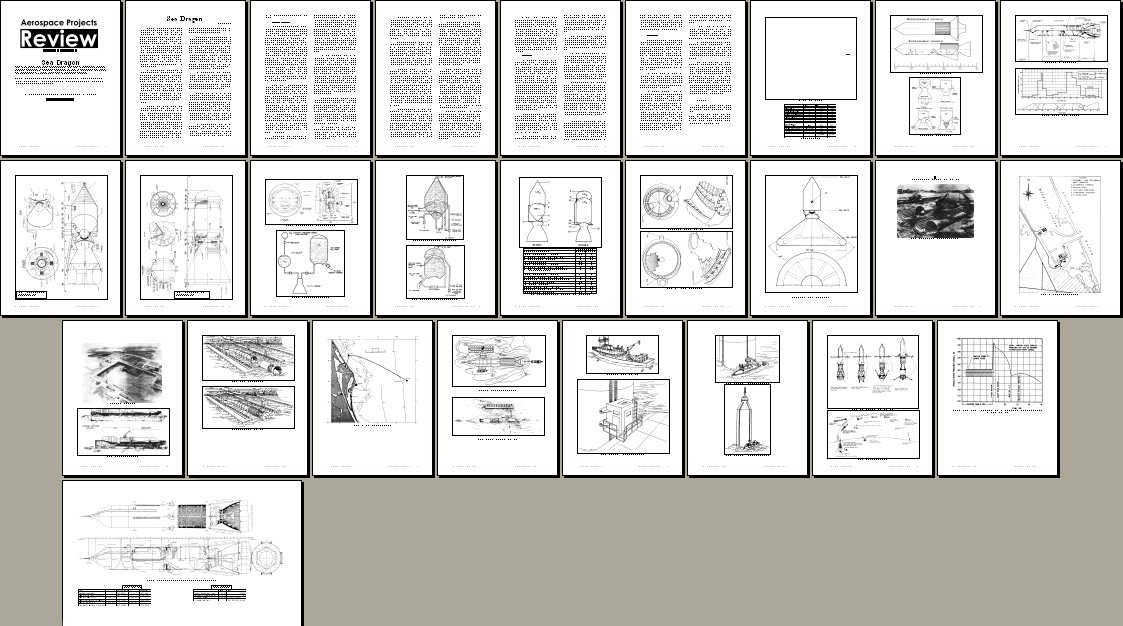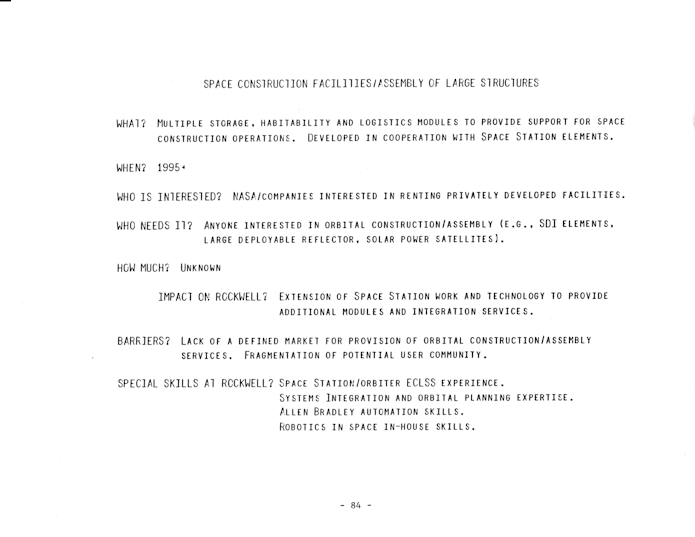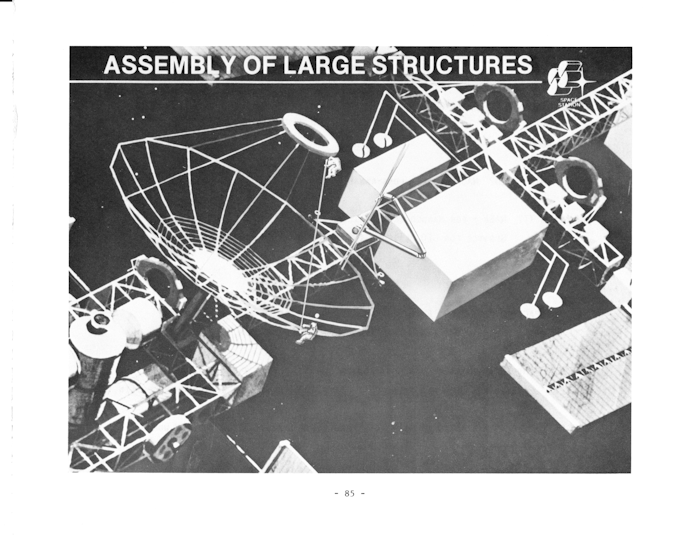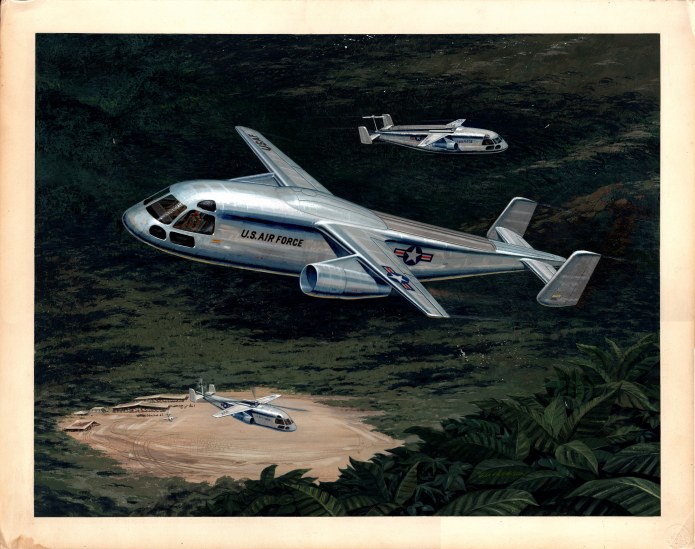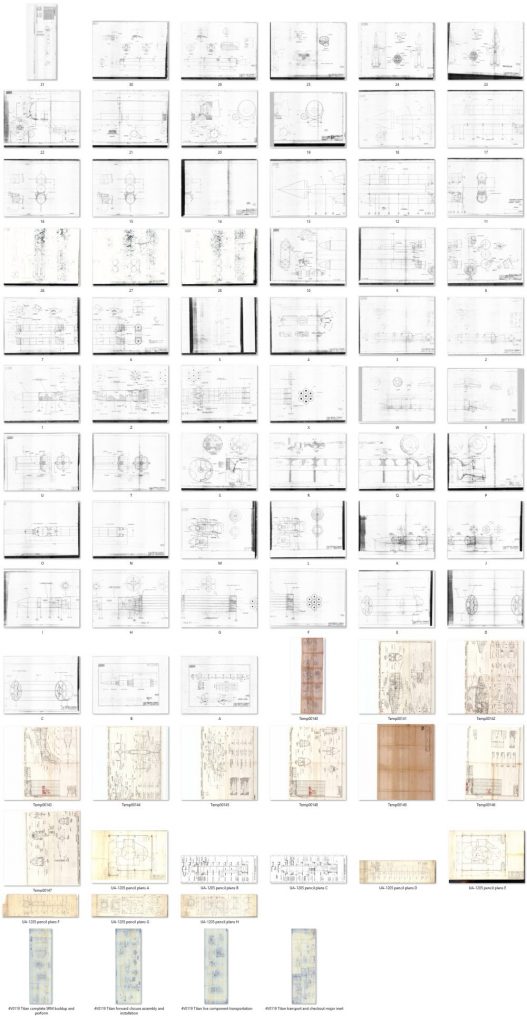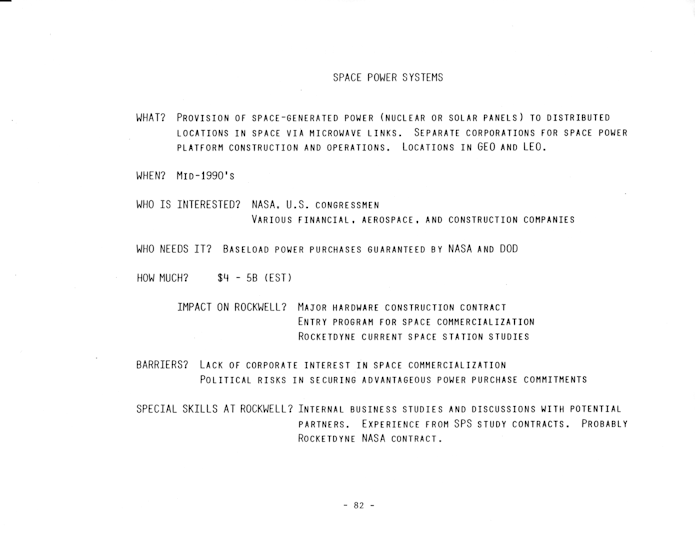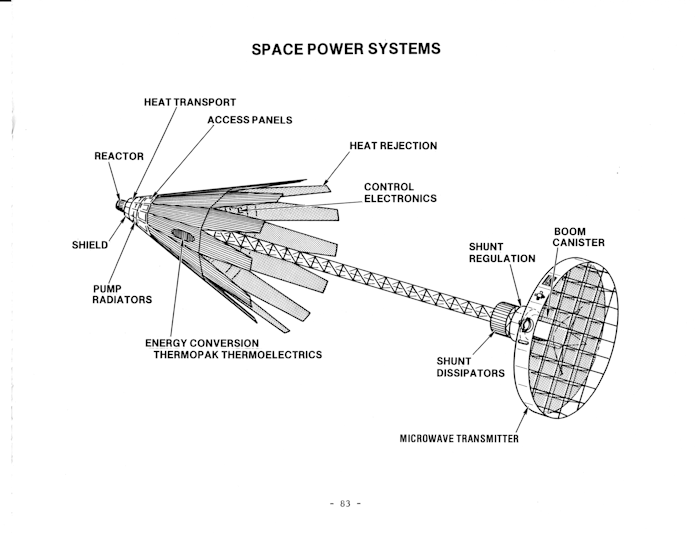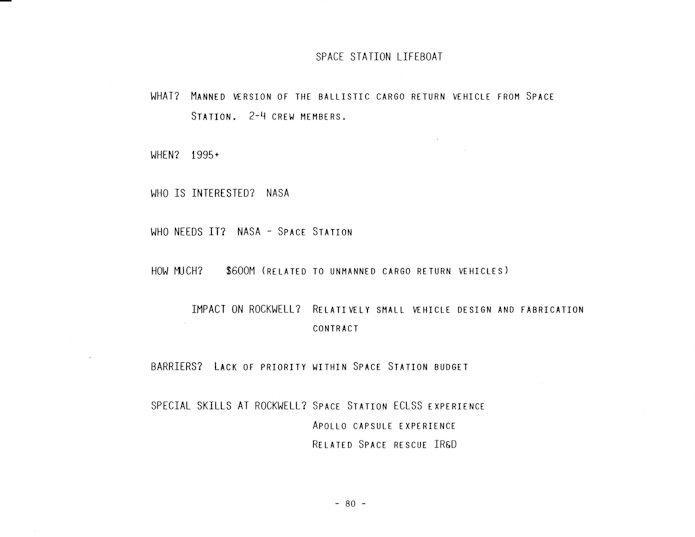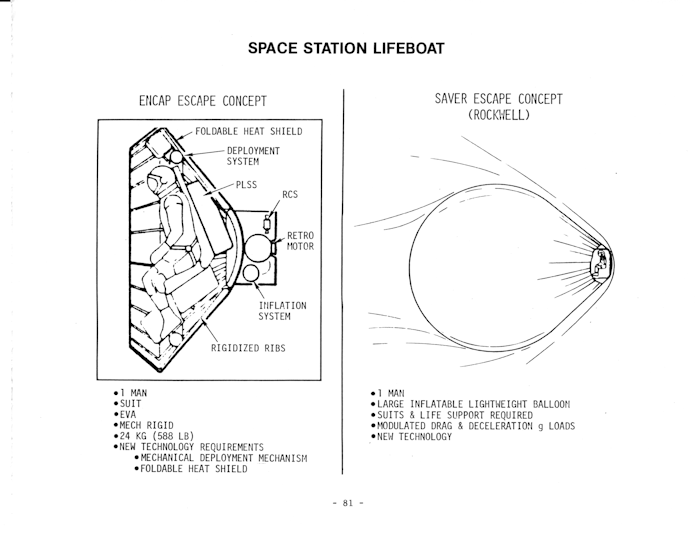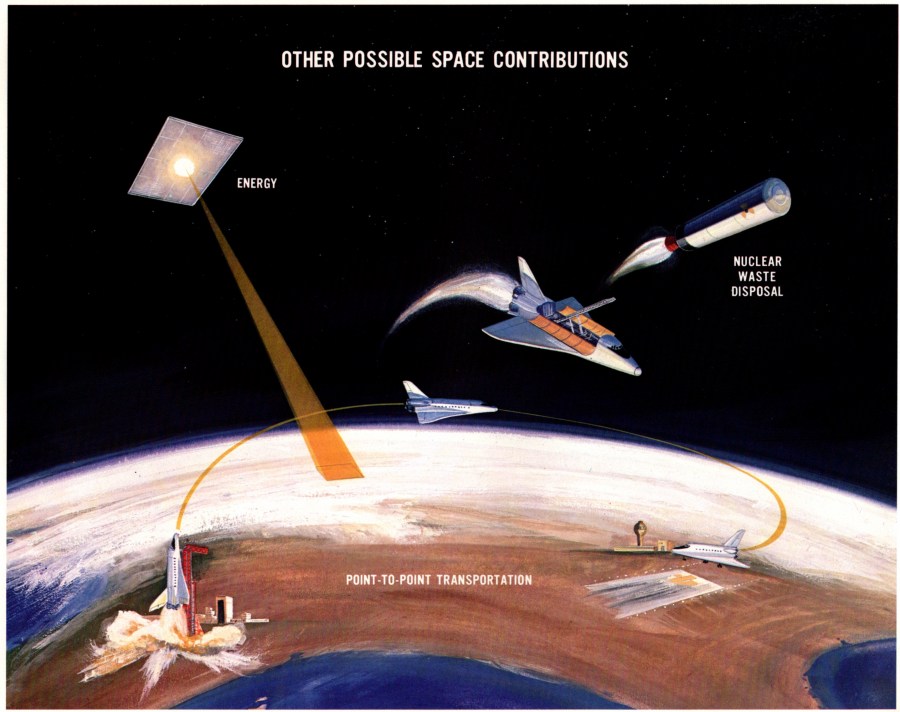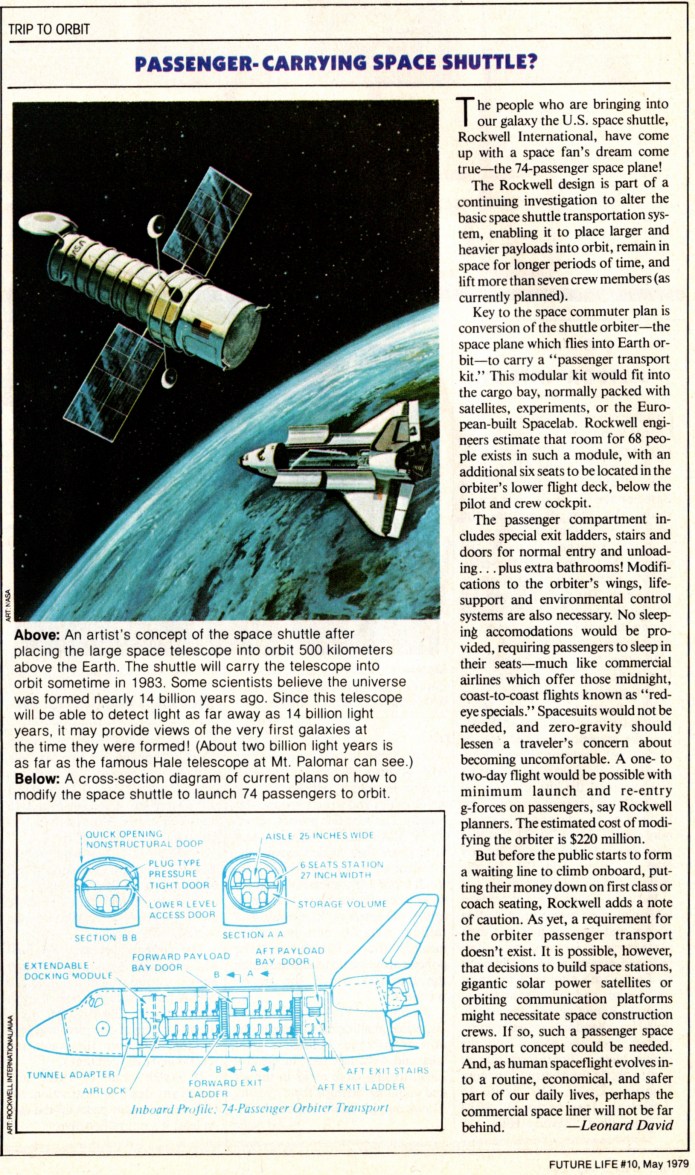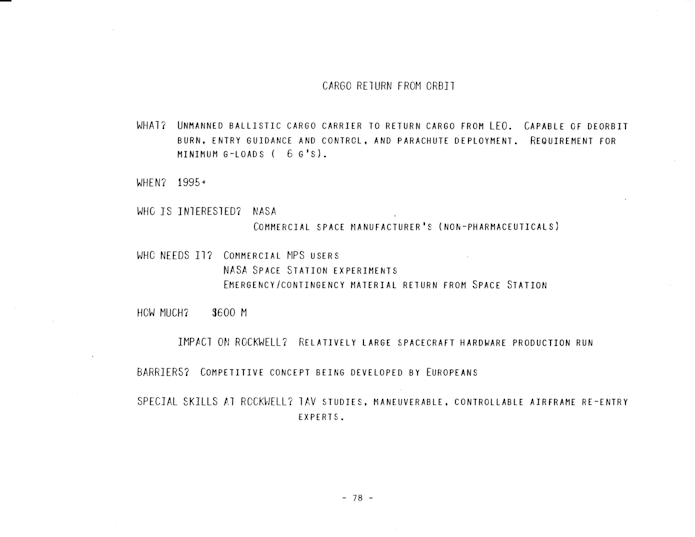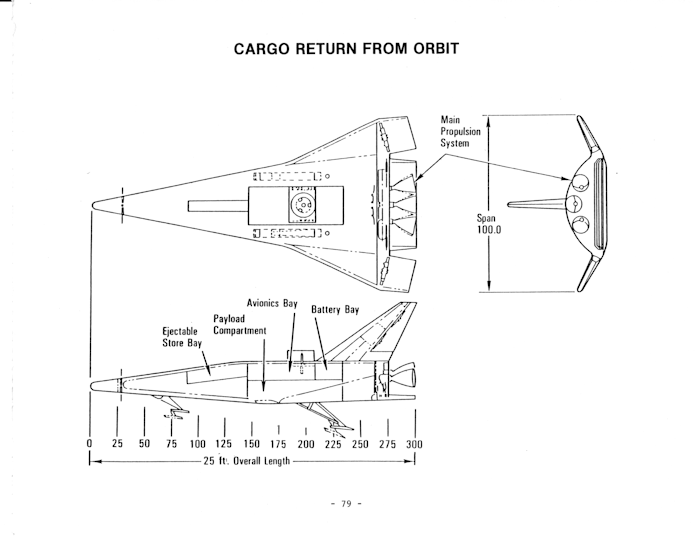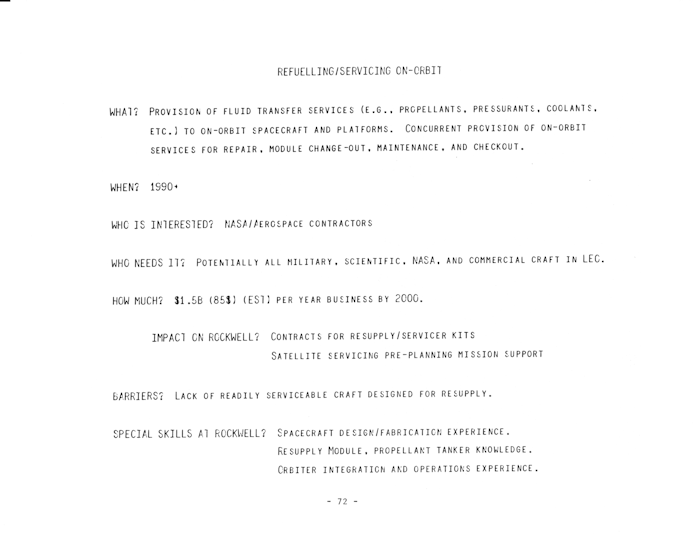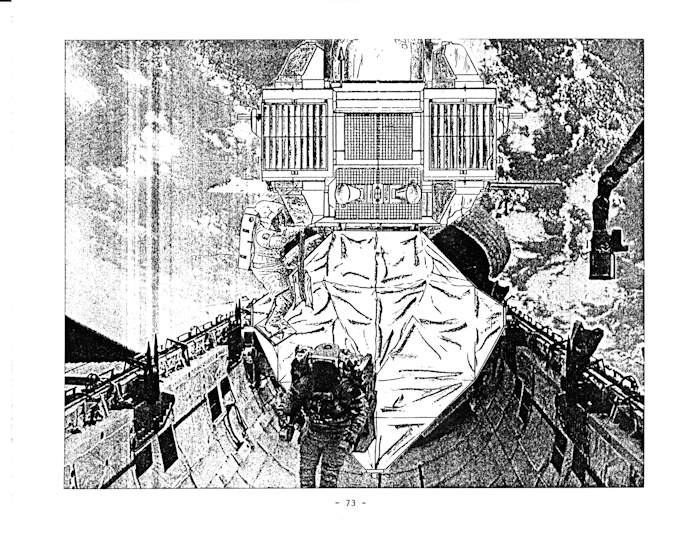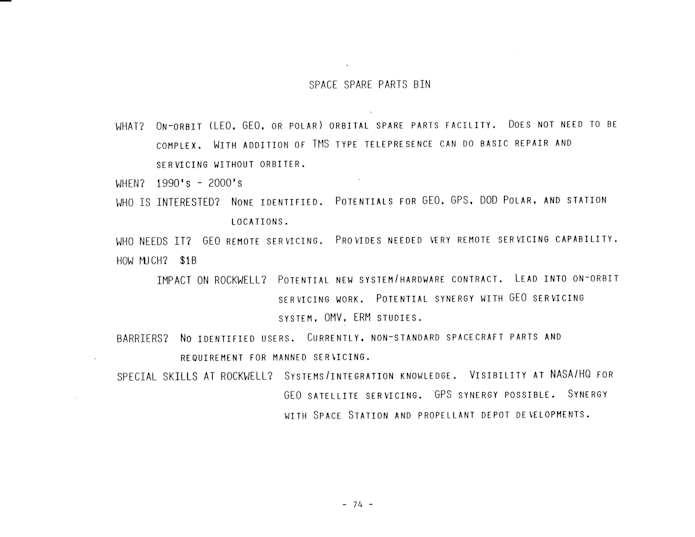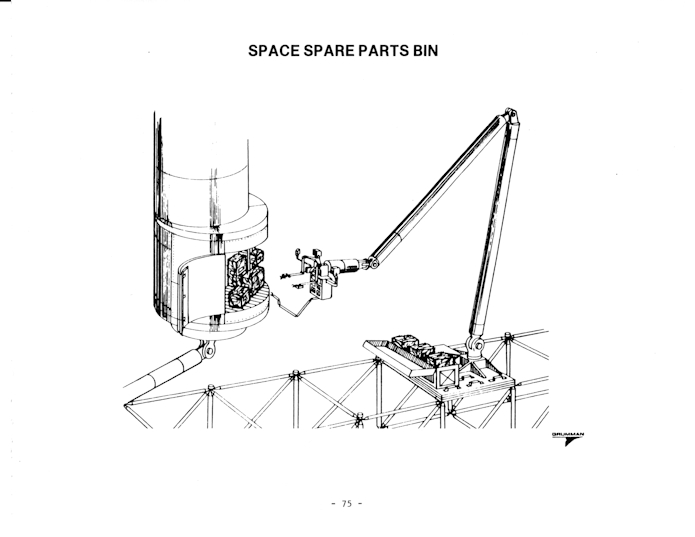Apparently the Apple+ series “For All Mankind” ends with a post-credit scene of a Sea Dragon lifting off…
Giggity!
It’s an imperfect depiction (it’s far too submerged for starters), but it’s still spiffy as hell. If only it had an Orion as a payload, I *might* be tempted too plunk down the funds to spend on yet another unnecessary streaming channel.
If you are wondering just what the “Sea Dragon” was and whether it was a real concept… take a look at Aerospace Projects Review article on it HERE. That article was originally published as part of APR issue V4N6 and is available separately, or with a complete Volume 4 bundle.
